The recent push toward greener homes is driving demand for energy-efficient products, increased insulation, and properly sealed building envelopes. Unfortunately, the benefits of greater efficiency come with unintended consequences: tighter houses that can lead to unhealthy indoor air.
“The problem with really tight homes is that all of those things that come into your house and from your house—like VOCs, gases from cleaners, dust, pet dander—all of that stuff gets trapped in the home,” says Jennifer Franz, product manager at Lennox. “If you don’t have some sort of ventilation to dilute it, it’s trapped.”
Accordingly, also on the rise is awareness around—and code requirements for—whole-house ventilation systems. Some of the most optimal are heat recovery ventilators (HRVs) and energy recovery ventilators (ERVs), which require a bit more investment but are designed to reap greater efficiency in some climates.
Featuring a compact size and 4-inch horizontal ports, the HRV70SE heat recovery ventilator is ideal for smaller homes, condos, and apartments that require up to 77 CFM of continuous ventilation. The HRV includes integrated pressure taps and balancing dampers to quickly measure and balance air flow, integrated hooks and port straps for easier installation, and a removable terminal block for quicker wall control connections.
How Heat and Energy Recovery Ventilatiors Work
HRVs and ERVs offer an efficient approach to whole-house ventilation. Rather than simply exhausting or exchanging air, HRVs and ERVs transfer energy from the exhausting air to preheat or precool the incoming fresh air. Bringing the incoming air closer in temperature to that of the indoor air relieves some of the strain on the home’s cooling or heating system and reduces wasted energy.
According to the Energy Department, “Most energy recovery ventilation systems can recover about 70 percent to 80 percent of the energy in the exiting air and deliver that energy to the incoming air. However, they are most cost-effective in climates with extreme winters or summers and where fuel costs are high. In mild climates, the cost of the additional electricity consumed by the system fans may exceed the energy savings from not having to condition the supply air.”
The key difference between HRV and ERV systems is that energy recovery ventilators also transfer moisture in the air. If the air outside is more humid, the ERV will remove some of that moisture as it enters the home, and vice versa. For example, says Mathieu Lebel, marketing manager for Broan, if the relative humidity outside is 80 percent and the interior humidity is 50 percent, the ERV will recover some of the humidity from the air entering the house, dropping it to about 65 percent, closer in line with the existing interior air.
The FreshEffects energy recovery ventilator includes a high-performance core that transfers heat and moisture from exhaust air during cold weather, and pre-cools and dehumidifies incoming air during hot weather. The unit’s slide-out filter is easily accessible for cleaning. Flexible mounting allows for installation in any position in the attic, basement, garage, or closet.
When selecting an HRV or ERV, consult your product supplier or manufacturer to ensure proper sizing for the home and to confirm that the unit is suitable for the climate. In extreme cold temperatures, for example, you may need a system with defrost functionality.
Improved cold-climate operation is one of the more recent advancements in HRV and ERV technology. Across the category, manufacturers continue to improve operations to boost efficiency while reducing the amount of power consumed, says Lebel. Buyers also will find a wider breadth of sizes: Slimmer units are now available for condos and smaller homes, and varied configurations of ports allow for installation flexibility in tighter spaces. Sizes to accommodate larger homes also are available.
And like so many other mechanical systems around the house, connectivity and control are key features. Homeowners can access and operate many ventilation components alongside the rest of the HVAC through a central control system at the home or from anywhere in the world via a smartphone.
Part of a full lineup of HVAC products, the company’s HRV and ERV units (far left) can recover up to 80 percent of the energy exchanged. Models offer 160 to 220 CFM and carry a five-year limited warranty.
Growing Demand for ERVs and HRVs
The evolving technology is perfectly timed, as the popularity of whole-house ventilation is growing, manufacturers say, driven in part by increasing knowledge but also by new codes and standards. The 2013 version of ASHRAE 62.2, for example, upped the requirements for the amount of fresh air that needs to be coming into homes, says Franz.
Still, awareness for HRVs and ERVs is stronger in markets where the systems are specifically required; in other areas, it’s hit or miss, Franz notes, most popular among contractors who recognize the benefits and the importance of good ventilation.
“For Canada, most provinces have ERVs or HRVs as mandatory,” says Lebel. “In the U.S., it’s required in Minnesota by code. In other states, what we see is not exactly a requirement for HRVs/ERVs, but a requirement for mechanical ventilation, which was not true some years ago because homes weren’t as tight. As houses become more airtight, we see more codes requiring mechanical ventilation.”
“It’s coming in colder climates where you have longer heating seasons and tight houses,” notes Jay Ayers, indoor air quality product manager for Trane. “They’re seeing a need more dramatically than others.”
Moreover, the DOE has proposed that the 2018 International Energy Conservation Code include the use of HRVs or ERVs in colder climate zones.
Even in areas where requirements don’t specify heat and energy recovery systems, the efficiency such units provide in some climates versus other methods is often worth the investment. And if current trends are any indication, builders and remodelers can expect to hear much more about HRVs and ERVs going forward


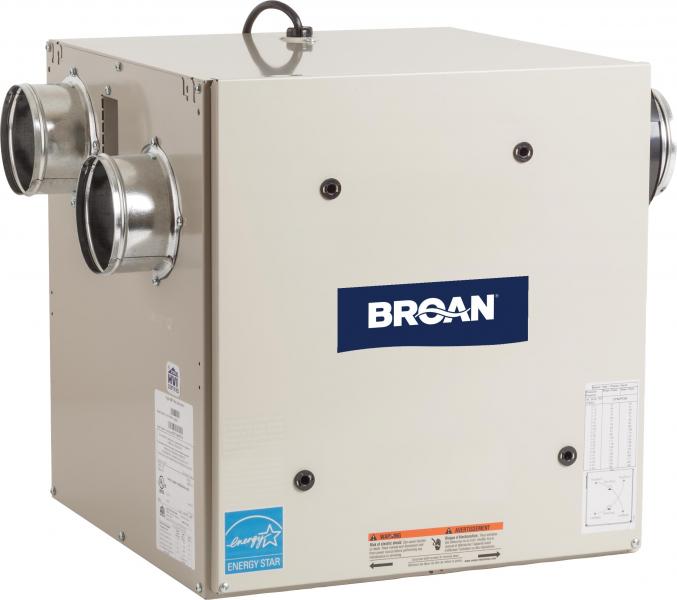
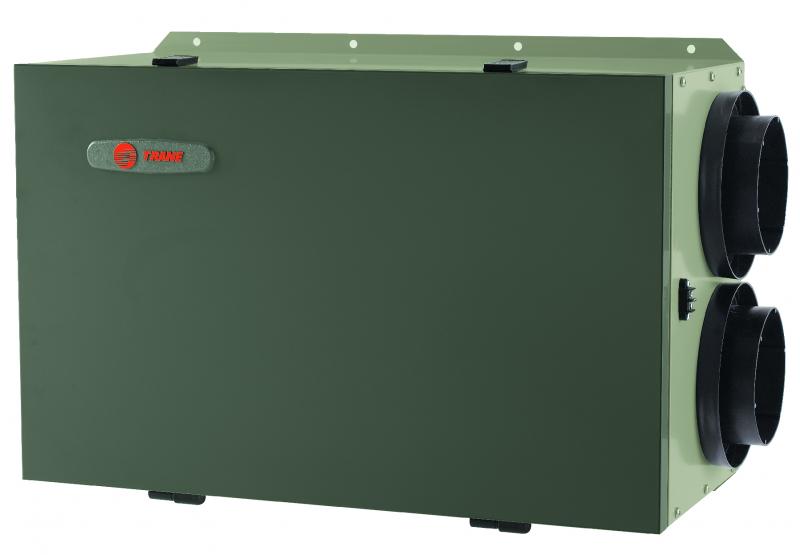
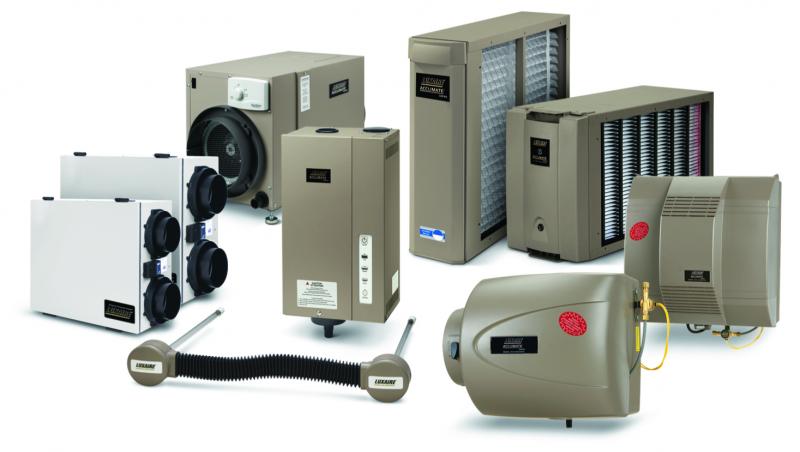
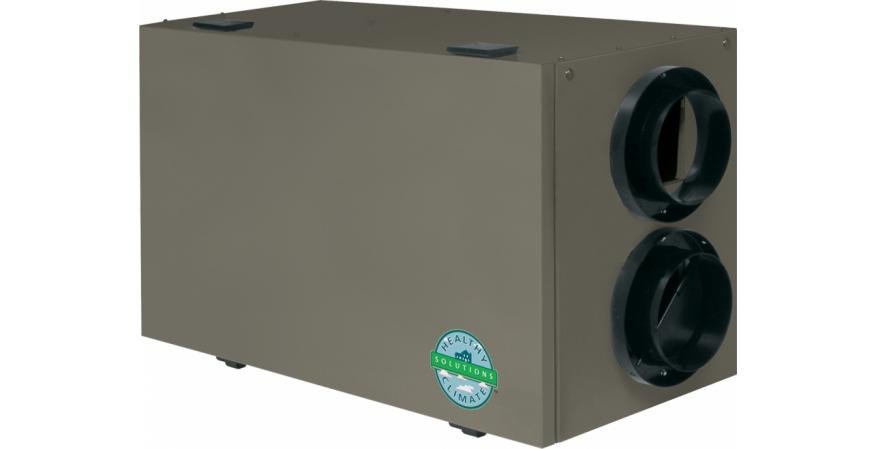
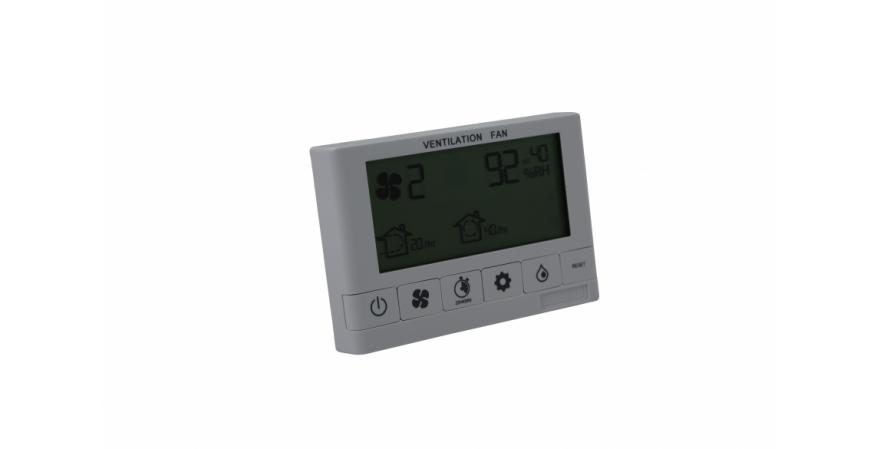
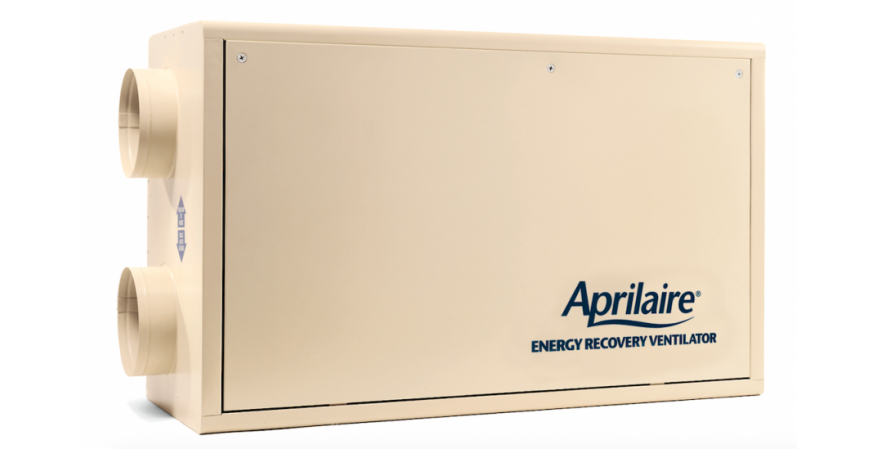
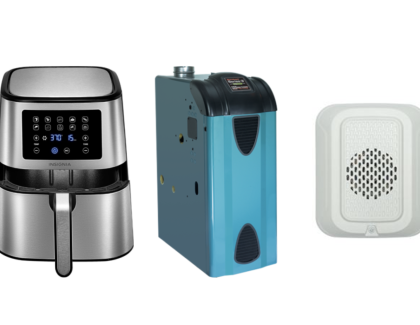


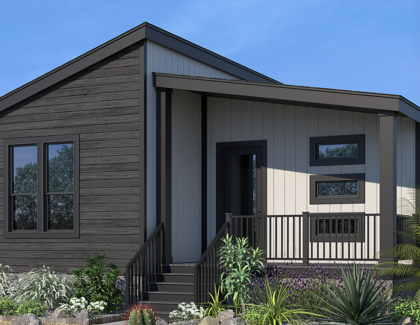
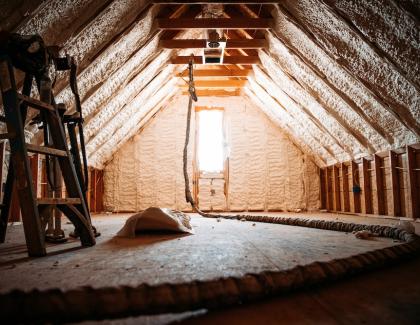
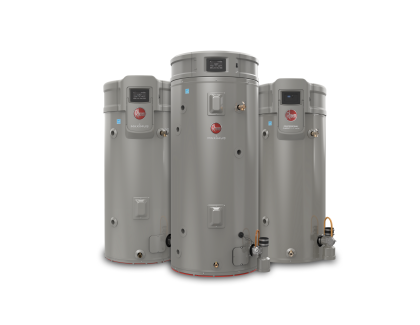
Add new comment